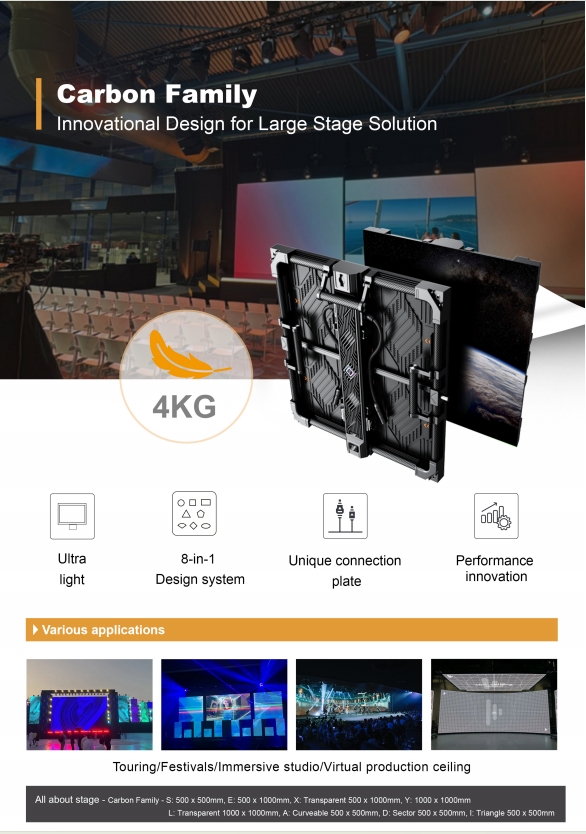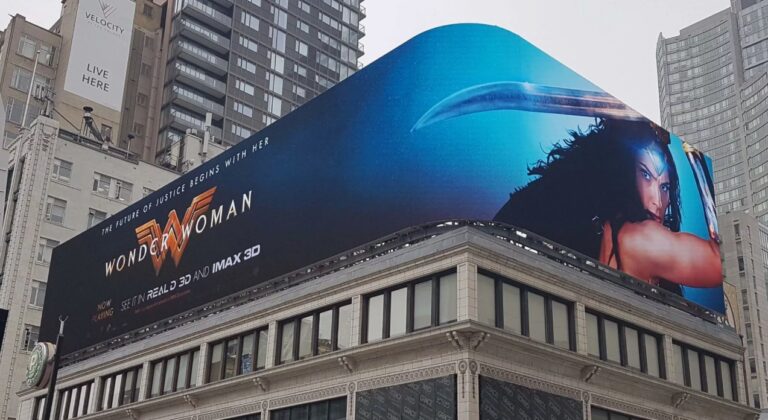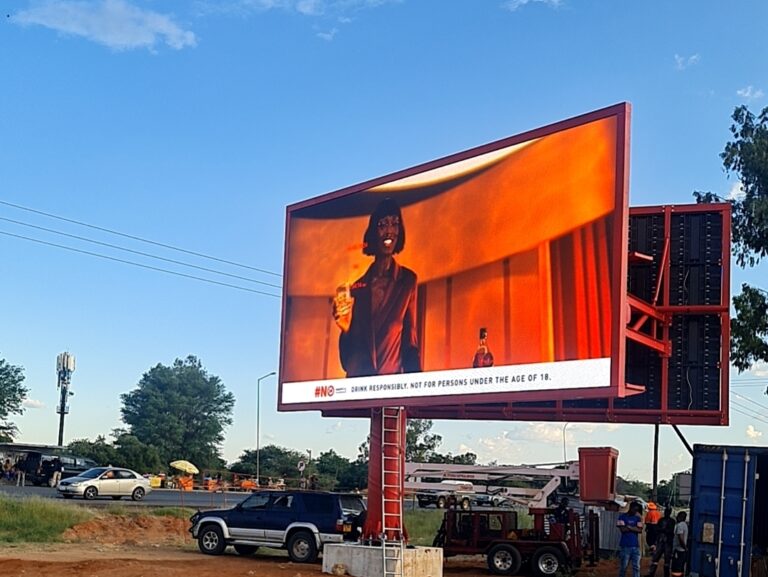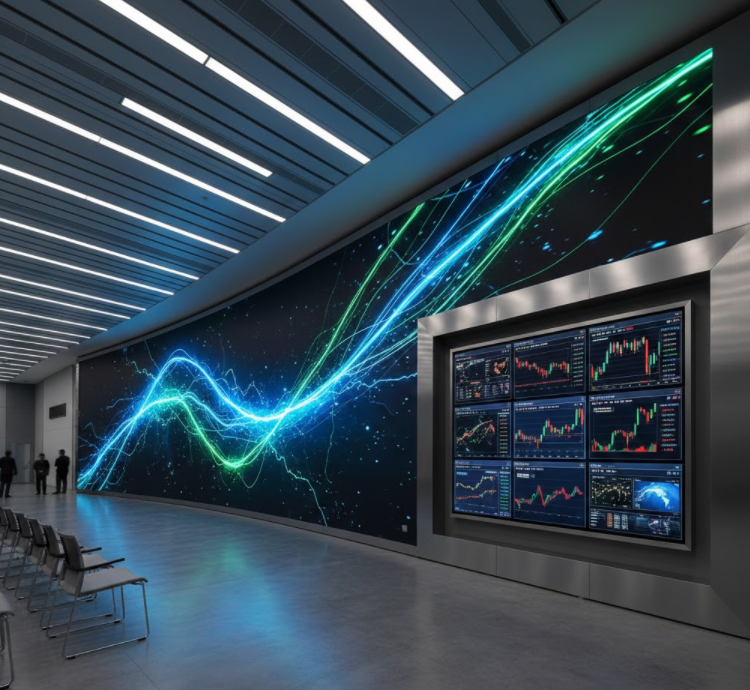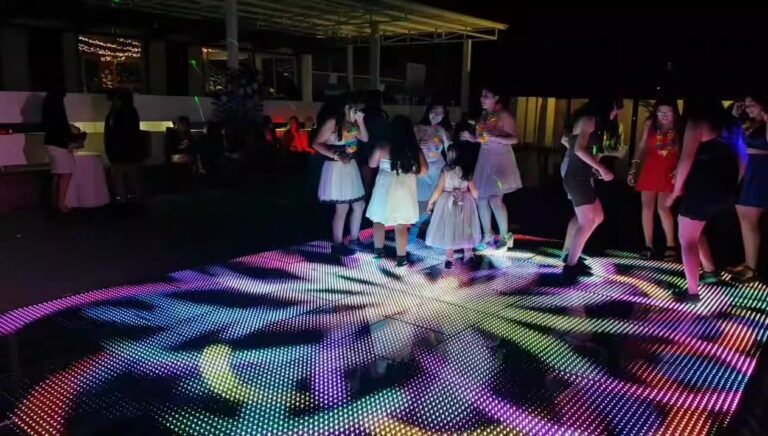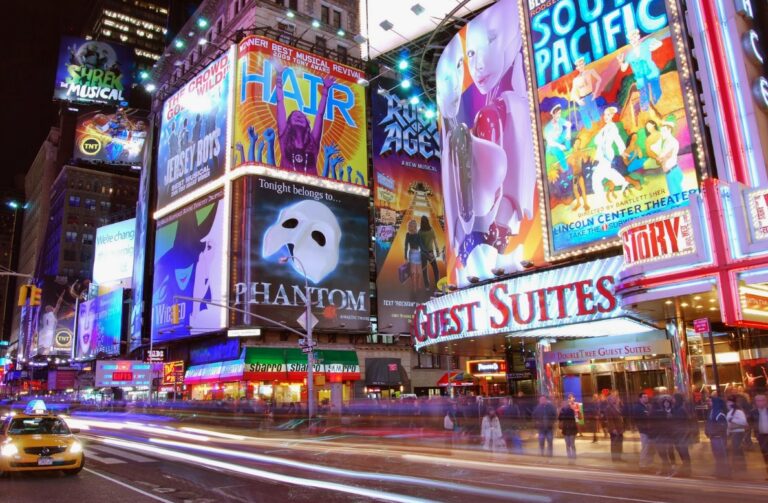Table of Contents
-
What is the Carbon Series LED Display?
-
How It Differs from Traditional LED Displays
-
Carbon LED Display Price Guide
-
Key Specifications to Consider
-
Conclusion
1. What is the Carbon Series LED Display? — A Lightweight and Durable Visual Star
Think of the Carbon Series LED display as a combination of a “lightweight contender” and an “endurance champion” in the LED world. The name “Carbon” comes from the extensive use of carbon fiber composite materials in the cabinet structure. This material is remarkably light yet extremely strong.
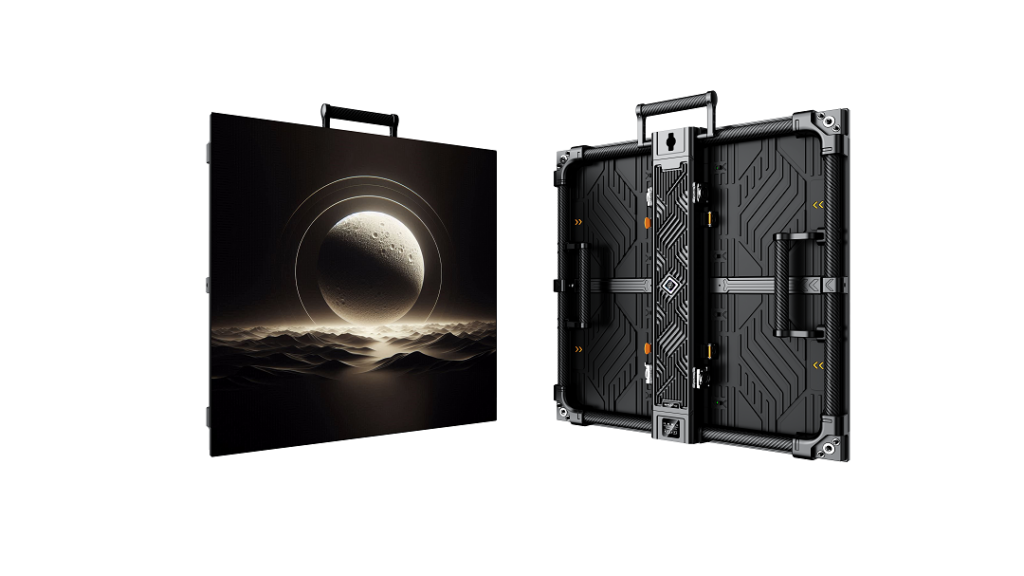
Core Technologies That Set It Apart:
-
Carbon Fiber Cabinet: This is the most distinctive feature of the Carbon Series. Carbon fiber is significantly lighter than traditional metal materials, yet it doesn’t compromise on strength. This makes transportation, installation, and maintenance more efficient.
-
Ultra-Thin Design: Thanks to the properties of carbon fiber, Carbon LED displays can be made very thin and lightweight, saving space while offering a sleek, modern look.
-
High-Precision Connections: To ensure seamless and smooth visuals, Carbon Series displays usually feature precision connection mechanisms for flawless module-to-module integration.
2. Compared to Traditional LED Displays – Like “Special Forces” vs. “Regular Troops”
| Feature | Carbon Series LED | Traditional LED Display |
|---|---|---|
| Weight | Lightweight (10-15kg/sqm) | Heavier (20-40kg/sqm) |
| Thickness | Ultra-thin (10-20mm) | Thicker (50-100mm) |
| Flexibility | Supports curved, arched designs | Typically flat, limited flexibility |
| Installation | Modular, fast setup | Complex, needs more support structure |
| Application | Creative displays, rentals, mobile setups | Fixed installation, outdoor billboards |
| Power Consumption | Low power, energy-efficient | Higher power consumption |
Example: You may have seen giant LED screens at concerts that are quickly set up and taken down — many of those use carbon fiber cabinets. Their lightweight design allows for faster setup while maintaining stability during live events.
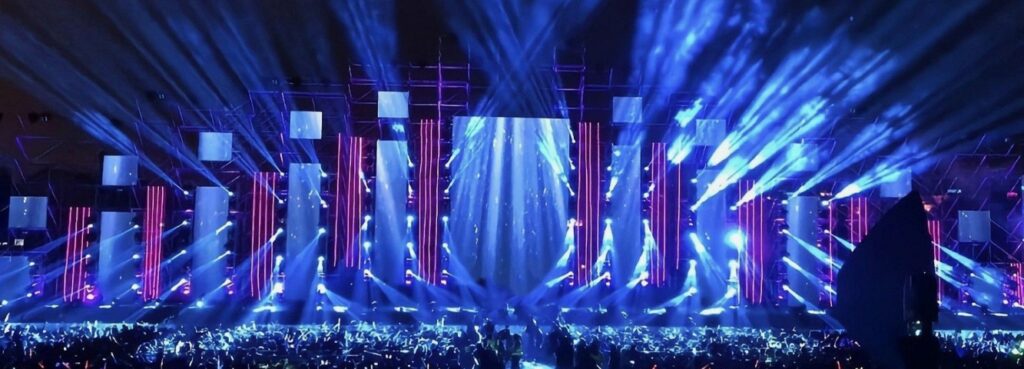
3. Carbon LED Display Price Guide
a. Price Ranges
Based on market data and supplier quotes:
-
Indoor Carbon LED: ~$1,000–$5,000 per square meter, depending on pixel pitch and resolution.
-
Outdoor Carbon LED: ~$2,000–$10,000 per square meter, requiring higher brightness and waterproofing (e.g., IP65).
-
Small Projects (e.g., 3x2m indoor screen): Total cost ~$5,000–$15,000.
-
Large Projects (e.g., 10x6m outdoor screen): Total cost can exceed $50,000.
Reference: High-quality Carbon LED displays typically range from $1,000 to $15,000 per sqm, depending on resolution and materials.
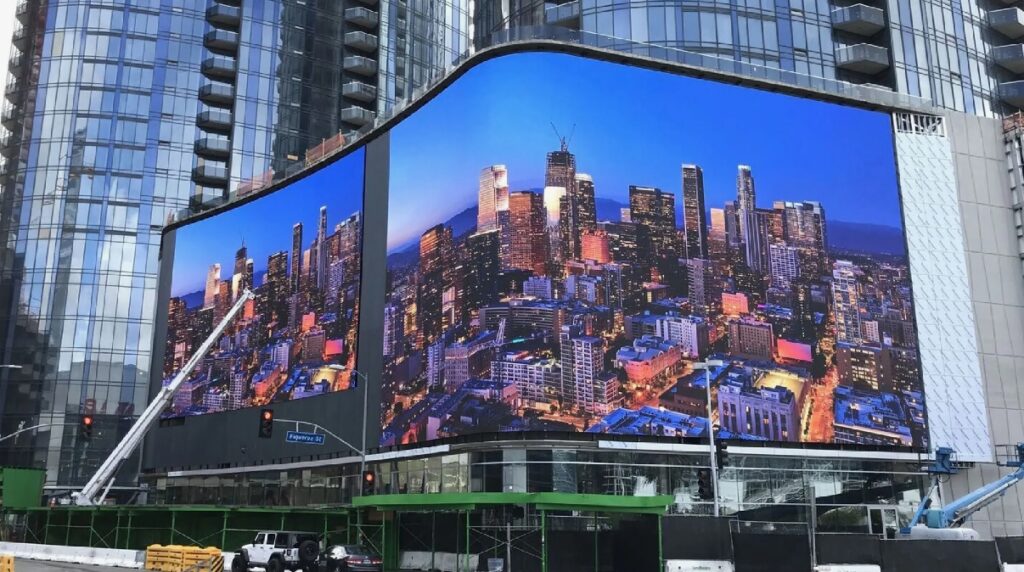
b. Budget Recommendations
-
Small to Medium Projects: Budget $10,000–$30,000, ideal for retail stores, conference rooms, or exhibitions.
-
Large or High-End Projects: Budget $50,000+, suitable for outdoor billboards or large venues.
-
Additional Costs: Reserve 10%–20% extra for installation, shipping, and maintenance.
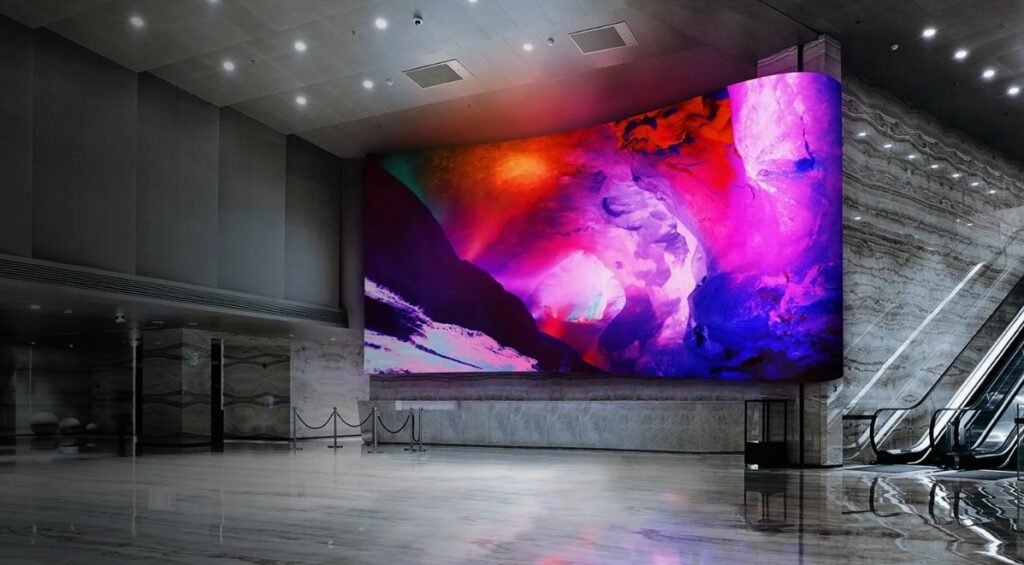
4. Key Specifications to Consider
When selecting a Carbon Series LED display, pay attention to the following:
a. Pixel Pitch
Pixel pitch (e.g., P1.5, P2.5) is the distance between adjacent pixels and directly affects clarity and optimal viewing distance:
-
P1.5–P2.5: Best for indoor, close-range viewing (e.g., retail, meeting rooms).
-
P4–P10: Suitable for outdoor or long-distance viewing (e.g., stadiums, billboards), with lower cost.
Formula: Optimal Viewing Distance (meters) ≈ Pixel Pitch (mm). For example, P2.5 suits viewers ~2.5m away.
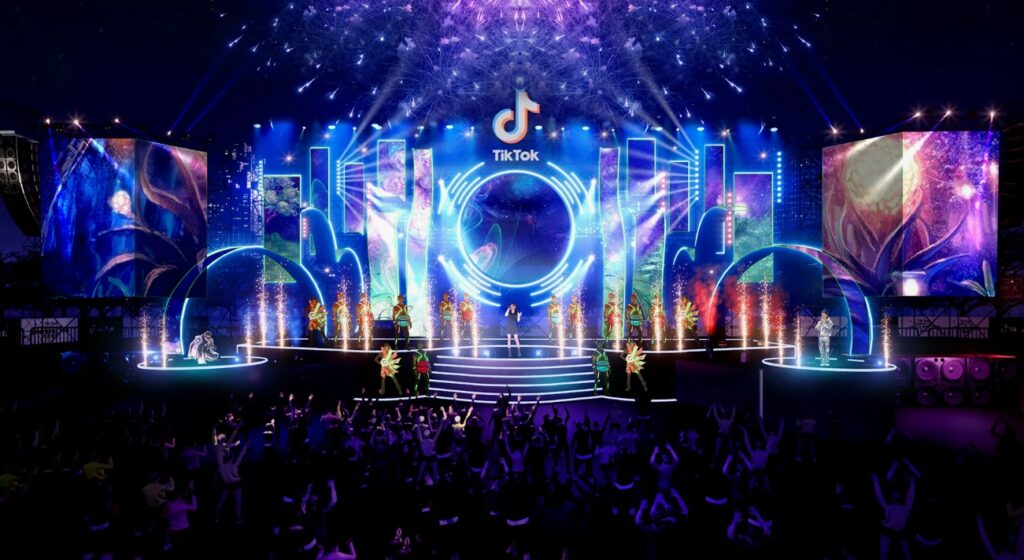
b. Resolution & Screen Size
Resolution determines image detail and should match screen size and application:
-
Small Indoor Screens (e.g., 3x2m): 1080p or higher resolution recommended.
-
Large Outdoor Screens (e.g., 10x6m): 4K or higher to maintain clarity from afar.
Tip: Discuss actual pixel density with the supplier to ensure image quality.
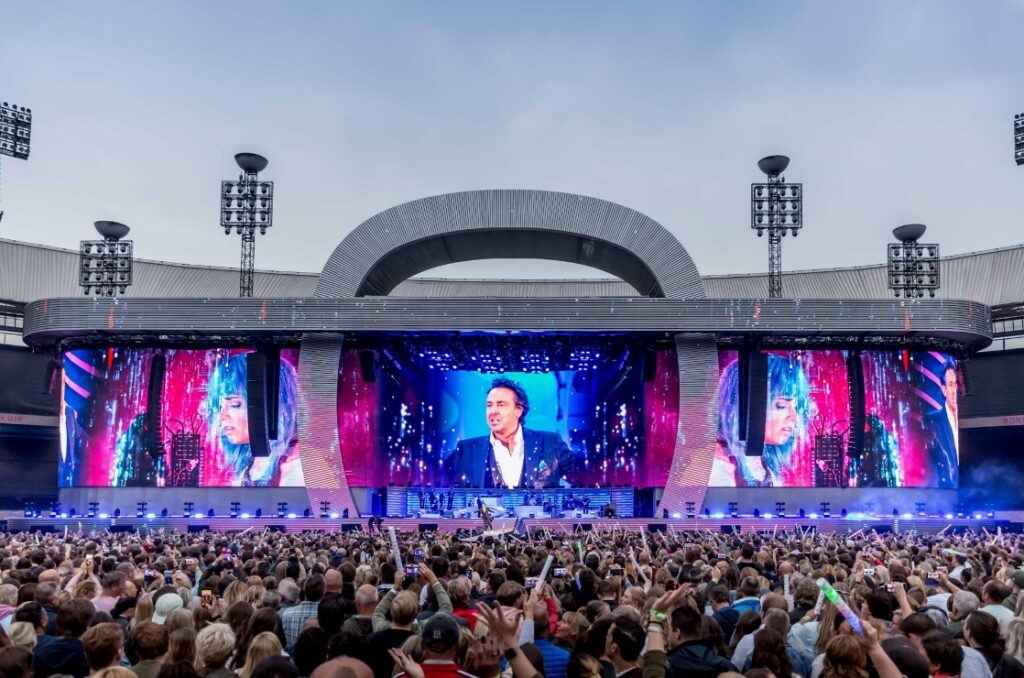
c. Brightness & Contrast Ratio
-
Indoor: Brightness of 1,000–2,000 nits, contrast ratio around 3000:1 is sufficient.
-
Outdoor: Brightness of 5,000–8,000 nits and high contrast is necessary to combat sunlight.
Example: SoStron’s outdoor Carbon Series screens reach 6,000 nits, ensuring vivid visuals even in direct sunlight.
d. Flexibility & Installation
Carbon Series supports modular designs for:
-
Curved or wave-shaped setups: Perfect for creative settings like art exhibitions.
-
Quick installation: Magnetic modules or quick-release frames reduce labor time.
e. Durability & Lifespan
-
IP Rating: Indoor IP54; outdoor IP65+ for dust and water resistance.
-
LED Lifespan: High-quality LEDs last up to 100,000 hours (approx. 11 years).
Tip: Choose products with certifications like 3C to ensure long-term reliability.
f. Refresh Rate & Color Accuracy
-
Refresh Rate: ≥3840Hz, ideal for dynamic video or live broadcasts without flicker.
-
Color Depth: 16-bit or higher for vibrant, true-to-life visuals.
Example: A music festival used Carbon Series screens to stream live performances — high refresh rate ensured no motion blur.
5. Conclusion
The Carbon Series LED display embodies the industry’s move toward lighter, modular, and high-performance solutions. It improves efficiency while reducing shipping and installation costs. Whether it’s a concert, expo, or corporate showroom, Carbon LED is an ideal choice.
But remember: selecting the right screen involves more than just specs — match your display to real application scenarios and assess suppliers carefully to ensure you’re making a smart, stable investment.
Still unsure about the best model for your project? Leave a comment — we’re happy to help you find the right solution!

